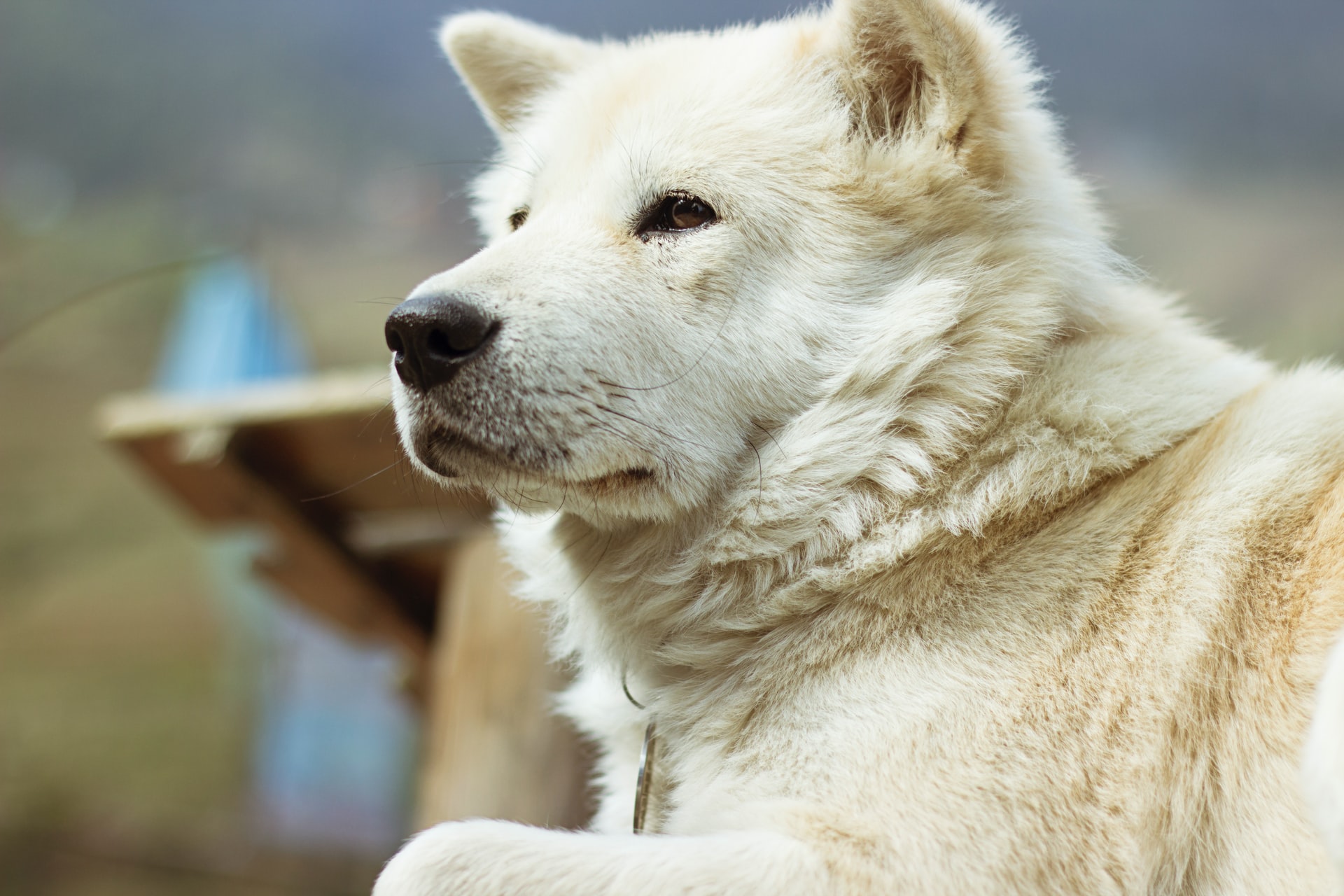
16 Oct Are Dental Procedures Safe for Senior Pets?
A common concern we receive at Animal Dental Care and Oral Surgery is whether it is safe to provide dental care to older pets. This is an understandable concern, particularly due to the risk of anesthesia in older dogs and cats, and I would like to discuss why dental care is necessary for older pets.
What does a pet “dental” include?
In the veterinary world, a pet dental procedure is called a COHAT. COHAT stands for Comprehensive, Oral, Assessment, and Treatment. The phrase ‘scheduling a dental’ is not recommended as most companion pets do not receive routine professional dental care, and therefore the phrase tends to minimize what is often involved.
A COHAT procedure can frequently involve extractions as well as periodontal or endodontic surgery, surpassing a simple “cleaning.” This is especially true if professional oral health treatment has been neglected for some time.
Periodontal disease is the most common disease seen in dogs and cats. By two years of age, 70% of cats and 80% of dogs have periodontal disease. Many dogs and cats suffer in silence, merely adapting to chronic degenerative inflammatory changes within their mouth. As the oral cavity is the first part of the digestive tract, oral disease can negatively impact systemic health, including an increased risk for causing pathologic changes in organs. Additionally, periodontal disease can make it challenging to manage diabetes in diabetic patients both in humans and companion pets. The majority of pets with diabetes are older animals.
Minimizing the risk of anesthesia in older pets
A COHAT procedure always involves the use of anesthesia. An anesthetized procedure is essential to provide thorough and detailed oral care for the pet. This is especially important as 60% of the tooth structure in dogs and cats is located below the gumline. An anesthetized oral exam, combined with full mouth dental imaging with either radiographs or cone beam computed tomography, is utilized to identify diseased teeth.
Although the use of anesthesia in older dogs and cats is a common concern for many owners, it can be tailored to each pet’s individual needs and performed in a safe manner for senior pets. At Animal Dental Care & Oral Surgery, we utilize a dedicated technician for close anesthetic monitoring of each patient. Anesthetic monitoring equipment is used to screen for any changes that may occur intra-op. We also provide the option of utilizing Peak Veterinary Anesthesia Services which offers certified veterinary technician anesthetists for patients with a higher anesthetic risk. This service is additionally available if an owner would prefer a higher level of anesthetic monitoring.
Making Dental Care a Priority for Senior Pets
Older pets benefit significantly from dental care. Dental disease is painful and leads to a diminished quality of life. We have had numerous owners report that their senior pet is acting like a puppy or kitten again after treatment.
Additionally, progressive dental disease can erode the surrounding bone leading to jaw fractures. A jaw fracture, secondary to periodontal disease, is not uncommon and occurs most often in small breed dogs. This pathology is avoidable with routine professional dental care.
Lastly, regular oral exams and COHAT procedures can identify oral tumors easily missed during an awake oral exam. Oral tumors account for approximately 5% of all canine tumors and between 6–10% of feline tumors.1 It is crucial to identify and biopsy abnormal tissue in the mouth early and frequently.
Board-Certified Veterinary Dentists in Colorado Springs
Dental disease commonly affects the older pet population and negatively impacts their quality of life. A detailed anesthetic plan tailored to the pet’s specific needs ensures the safest anesthetized procedure and reduces the risk of anesthesia in older dogs and cats. At Animal Dental Care and Oral Surgery, we believe every animal is entitled to a pain-free and comfortable mouth. Please call us today to discuss your pet’s oral health needs.
1. Wiggs RB, Lobprise HB: Periodontology, in Veterinary Dentistry, Principals and Practice: Philadelphia, Lippincott Raven, 1997, pp 186-231
2. Pavlica Z, Petelin M, Juntes P, Erzen D, Crossley DA, Skaleric U. Periodontal disease burden and pathological changes in organs of dogs. J Vet Dent. 2008;25(2):97-105.

